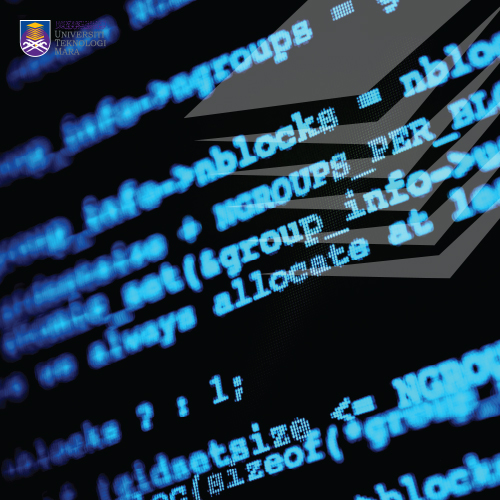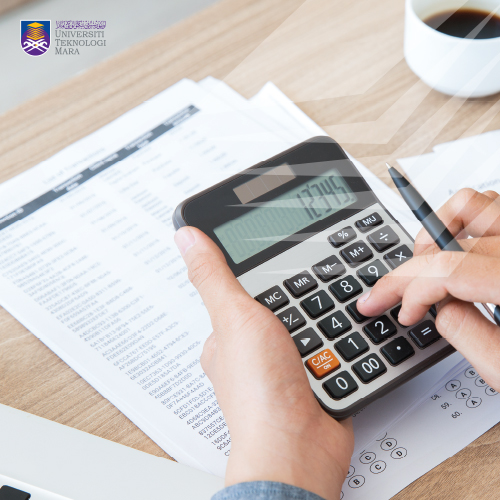About this Module
What you will learn
The "UMC469 - Concepts of Building Services" micro-credential module is a vital component within the Diploma in Civil Engineering (CEEC110) course, specifically in the Building Services (ECM346) program. Spanning 10 hours, this self-paced module incorporates prerecorded videos and engaging activities. Understanding the concepts of building services is crucial in the construction of a building, providing learners with a comprehensive grasp of concept of electrical, mechanical and building automation systems. Mastery of these concepts of building services equips engineers with the necessary knowledge while ensuring compliance with various regulations set by the authorities.
What skills you will gain
A Micro Credential course on Concepts of Building Services is typically a shorter, focused course designed to provide specific, practical skills and knowledge in a condensed format. While it may not cover the depth of a full-length course, it still offers valuable, targeted learning outcomes. Below are the key skills and knowledge areas you can expect to gain from this course: 1. Basic electrical engineering practice in a building. 2. Air conditioning system in a building. 3. Fire fighting system in a building. 4. Utility in a building. 5. Building automation and control.
Total contents and assessments
5 topics of learning activities, 1 assessment and 1 assignment.
Module Details
CLUSTER : Science & Technology ( ST ) MODE/DURATION : Flexible LENGTH : 5 days EFFORT : 10 LEVEL : Beginner LANGUAGE : English CERTIFICATE : Yes CPD POINT : 0 PRICE : Free Associated Course (s) : No Course





